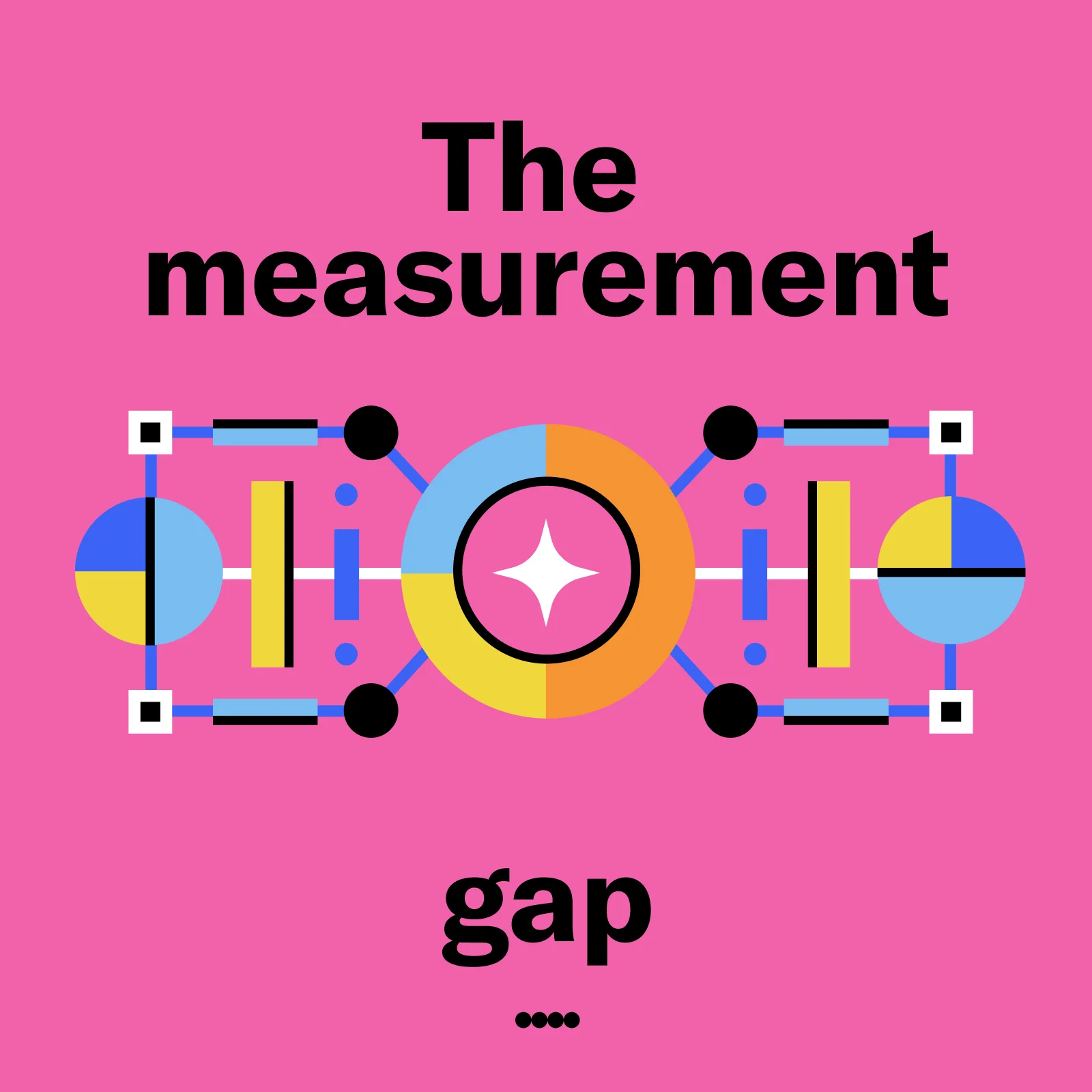How to Use Audio Storytelling in Advertising
The digital landscape is more crowded than ever, making it challenging for advertisers to cut through the noise and make a genuine connection with consumers. Or it would be—without the magic of audio storytelling in advertising.
Audio storytelling offers uncapped opportunities to foster trust, inspire action, and improve brand recall. Unlike traditional advertising, which often leans heavily on visual elements, audio storytelling uses one of the most memorable and intimate experiences—sound—to evoke emotions, build narrative intrigue, and create lasting impressions.
What is Audio Storytelling?
Much like the name would suggest, audio storytelling uses sound to convey a message and ultimately, tell a story. Unlike visual media, which relies on images or videos, audio storytelling invokes the theater of the mind to create a highly personalized internal visualization that is informed by each listeners’ memories, feelings, and life, creating a personal, immersive experience.
Audio Storytelling Techniques
When executed with finesse, audio storytelling encapsulates the essence of your brand, delivering messages that resonate and linger long after the advertisement ends. To effectively use audio storytelling in your advertising efforts, you first need to understand the techniques that can make an audio ad stand out.
The Hero’s Journey
The hero's journey is a classic narrative framework that captures a protagonist’s adventure as they transition from a mundane reality to a remarkable adventure. Here, the protagonist faces trials, gains wisdom, and emerges transformed. Using the hero's narrative can foster stories that motivate your audience, demonstrate your brand's role in their success, and prompt them to take action.
Emotional Appeal
Emotions have the power to influence human behaviors by shaping a person’s choices and inclinations. Sharing touching or motivational narratives that reflect your brand's core ideals effectively stirs emotions, and leveraging emotional connections through storytelling not only captivates hearts but also fosters trust, loyalty, and encourages action.
Relatable Characters
Characters are crucial to any story—they drive the plot, convey emotions, and communicate the core message. To truly engage your audience, it's essential to develop characters your target audience will find relatable.
Relatable characters possess believable traits and flaws, encounter challenges that are familiar to your audience, and embody similar aspirations or principles. Creating characters that mirror your audience’s experiences can captivate your listeners, make your brand identity resonate, and motivate them to take action on what they’ve heard.
Conflict and Resolution
At the heart of every compelling narrative is conflict—that's what drives tension, builds suspense, and maintains audience interest. Conversely, a story devoid of conflict is dull and predictable.
Conflicts, whether internal or external, pit characters against various adversaries. Some of these classic face-off scenarios include:
Man vs. Man: A classic standoff where a character confronts an opposing force.
Man vs. Nature: The hero faces challenges from the environment, wildlife, or illnesses.
Man vs. Society: The individual goes against societal norms or regulations.
Man vs. Self: A personal battle with one’s own beliefs or shortcomings.
Skillfully weaving conflict and resolution into your narrative will not only help you grab the listener’s attention, but also underline your brand’s message, encouraging them to engage further.
The Power of a Pause
In audio storytelling, silence can be as expressive as sound. Strategic pauses give listeners time to digest the information, anticipate what’s next, and feel the weight of the story. Pausing at the right moments can enhance the emotional impact of your narrative, making your message more poignant and memorable.
How to Use Audio Storytelling in Advertising
Implementing audio storytelling in your advertising strategy involves more than just creating content; it’s about weaving together stories that captivate, resonate, and ultimately, cultivate a lasting relationship with your audience. Here's how you do it:
Define your objective and audience. What message do you want to convey? Who is the message for? Understanding what you want to achieve with your ad and who you’re targeting will guide the tone and content of your story.
Put the listener first. Understanding your audience's preferences, lifestyles, and listening habits is critical to ensure they have an emotional response listening to your ad. Tailor your storytelling to reflect scenarios and emotions that mirror their experiences. By putting the listener at the heart of your narrative, you create a sense of familiarity and trust, paving the way for a deeper brand connection.
Select the right platform. You want to focus your advertising efforts where your people are. Consider where your target audience consumes their audio content, be it podcasts, satellite radio, or music streaming platforms.
Create conversational and authentic copy. One of the biggest strengths of audio storytelling is its ability to feel personal and genuine, so craft your messages as though you’re having a one-on-one conversation with each listener. A conversational tone, when paired with authentic messaging, will transform your ad from a mere sales pitch into a meaningful interaction.
Consider your choice of voice. The type of voiceover talent and approach you use in audio storytelling can significantly influence how the message is received. Different voices can convey authority, warmth, humor, or sincerity, shaping the listener's perception of the story. The right voice can personify your brand, making it relatable and engaging. Choose a voice that embodies the emotion and tone of your story can enhance connection and relatability.
Use a mix of music, sound effects, and voiceovers. The strategic use of sound effects, music, and voiceovers can elevate the storytelling experience, adding depth and dimension to your narrative. These elements should complement the story, subtly guiding the listener’s emotions and imagination, without overshadowing the message.
Experiment with different formats. Experiment with various storytelling styles and techniques to discover which best resonates and captures the attention of your target audience, ultimately determining the most efficient way to engage and communicate with them.
Measure results and adapt accordingly. Use measurement solutions and analytic tools to track and understand how your audio ads perform. Look at engagement metrics, conversion rates, and listener feedback. Using this information, you can help you create better audio ads.
Advantages of Using Audio Storytelling in Advertising
So, with all of that in mind, it’s clear that audio storytelling offers ample opportunities to connect with a broad range of listeners. Here are just a few of the advantages you can capitalize on when you opt for digital audio:
Personal experience: Digital audio has the power to create intimate connections. Listeners often feel that they're being spoken to directly, fostering a closer relationship with your brand.
Memorability: Stories, especially those told through audio, are more likely to be remembered. This can increase brand recall and recognition.
Accessible and flexible: Digital audio content can go anywhere with consumers, making it a flexible option for reaching them wherever they are, at any time of the day. This accessibility broadens the reach of your messages and stories.
Increases engagement: Listeners are often more engaged with audio content, especially if the story is compelling. This can lead to higher retention and conversion rates.
Differentiates your brand: In a landscape saturated with visual ads, a well-crafted audio story can help your brand stand out from the noise on most digital platforms.
Creates immersive experiences: Digital audio stories engage listeners' imaginations, allowing them to create their interpretations of the narrative. This personal involvement can make the story—and your brand—more relatable.
Builds emotional connections: The human voice conveys nuances and emotions that text or static images cannot. Music and sound effects further enrich narratives, forging a stronger emotional bond with the audience.
Ready to Tell Your Story?
Incorporating audio storytelling into your advertising strategy can transform the way consumers interact with your brand. And we can help.
The team at Studio Resonate will use their expertise to take your audio storytelling to the next level. Let’s chat.
Related Insights
 Streaming
StreamingStreaming Audio Boosts Brand Awareness: Here's How
Dec 12, 2025 Podcasts
PodcastsBeyond Downloads: Where Podcast Measurement is Headed Next
Dec 11, 2025 Podcasts
Podcasts6 Black-Hosted Podcasts That Are Influencing Culture Today
Dec 10, 2025 Digital Audio
Digital AudioHow Digital Audio Complements Video, Social, & Display Campaigns
Dec 9, 2025




